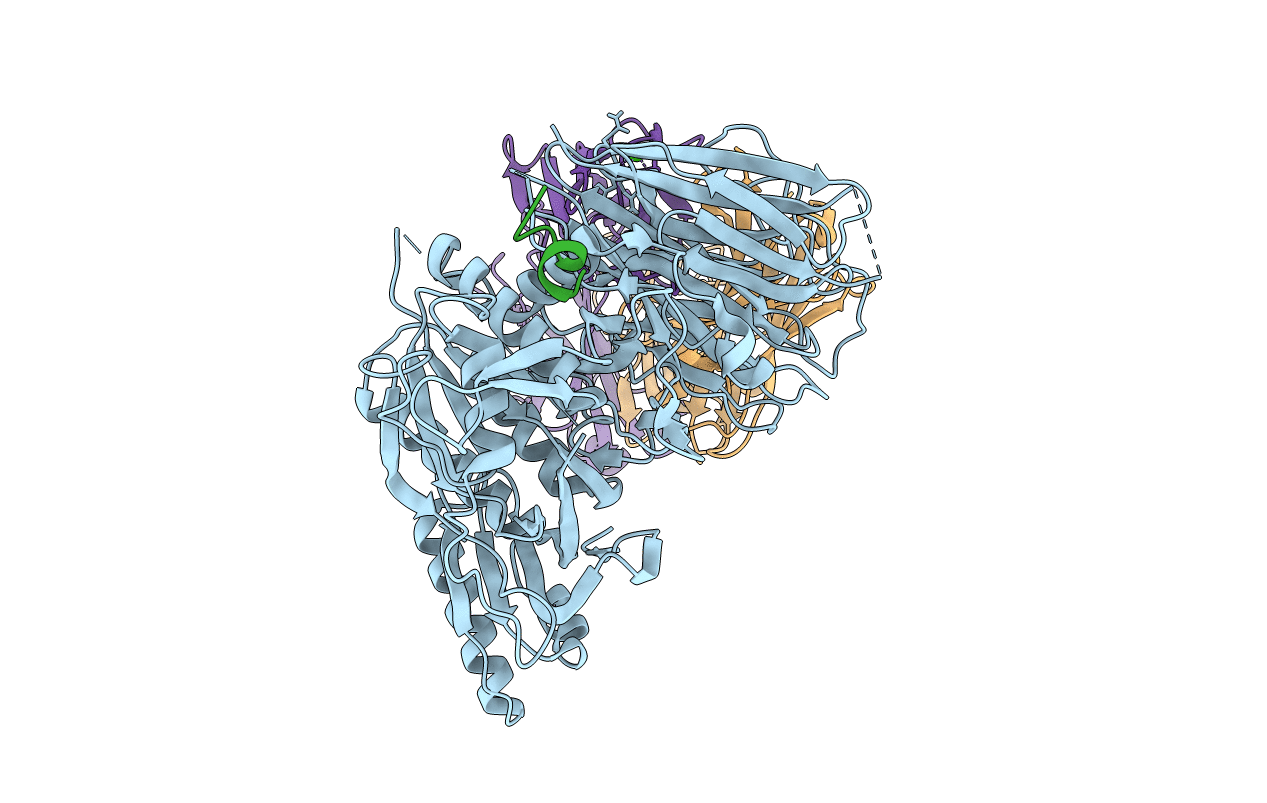
Deposition Date
2019-08-21
Release Date
2020-02-05
Last Version Date
2023-11-15
Entry Detail
PDB ID:
6U3I
Title:
Design of organo-peptides as bipartite PCSK9 antagonists
Biological Source:
Source Organism:
Homo sapiens (Taxon ID: 9606)
Mus musculus (Taxon ID: 10090)
Mus musculus (Taxon ID: 10090)
Host Organism:
Method Details:
Experimental Method:
Resolution:
2.90 Å
R-Value Free:
0.21
R-Value Work:
0.17
R-Value Observed:
0.18
Space Group:
I 2 2 2


